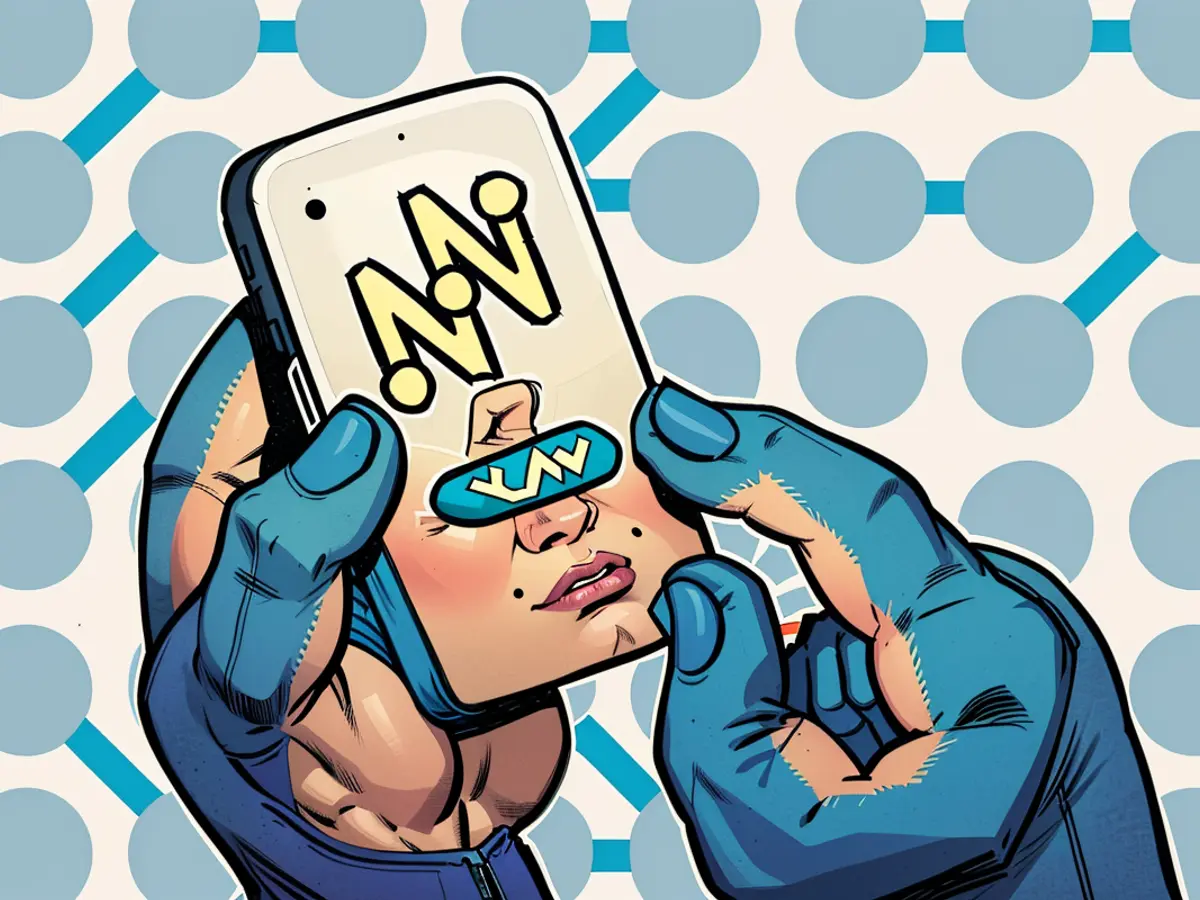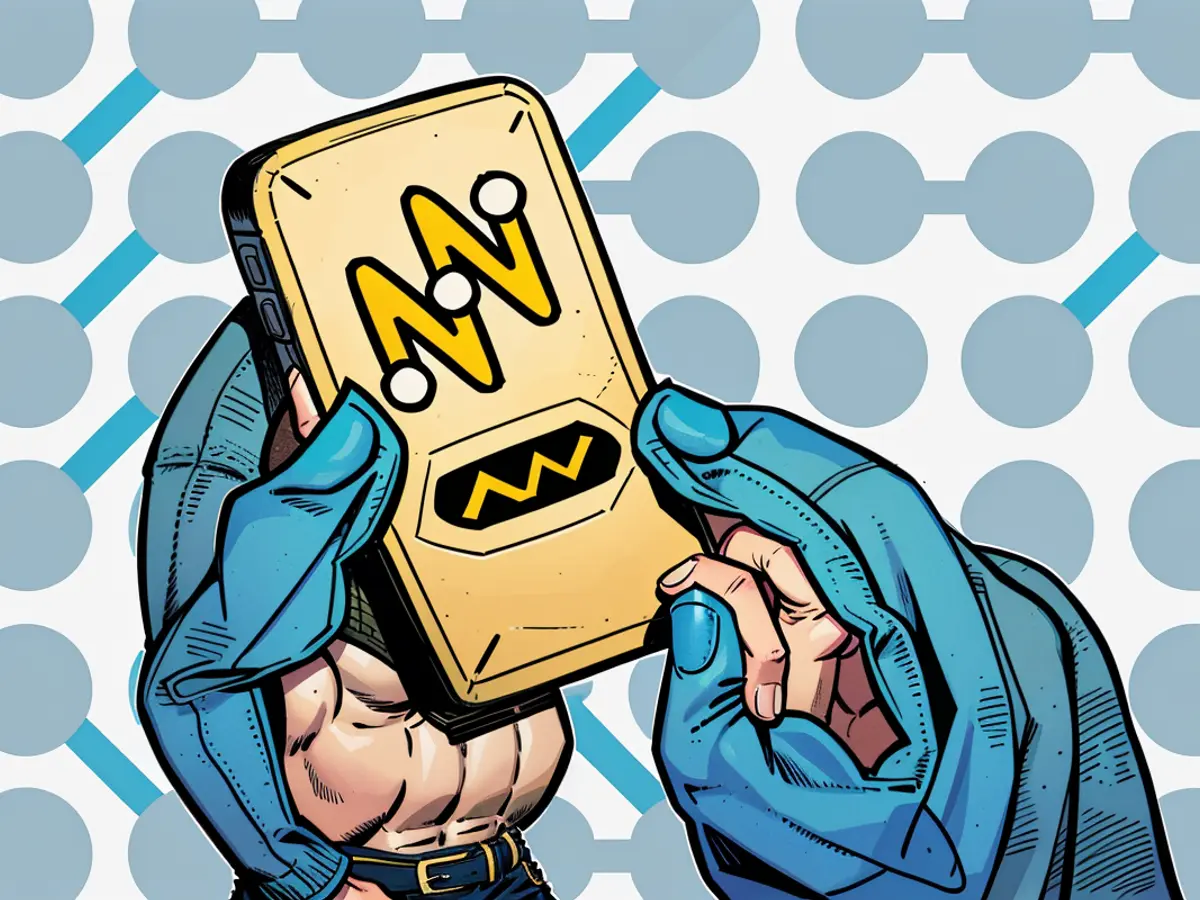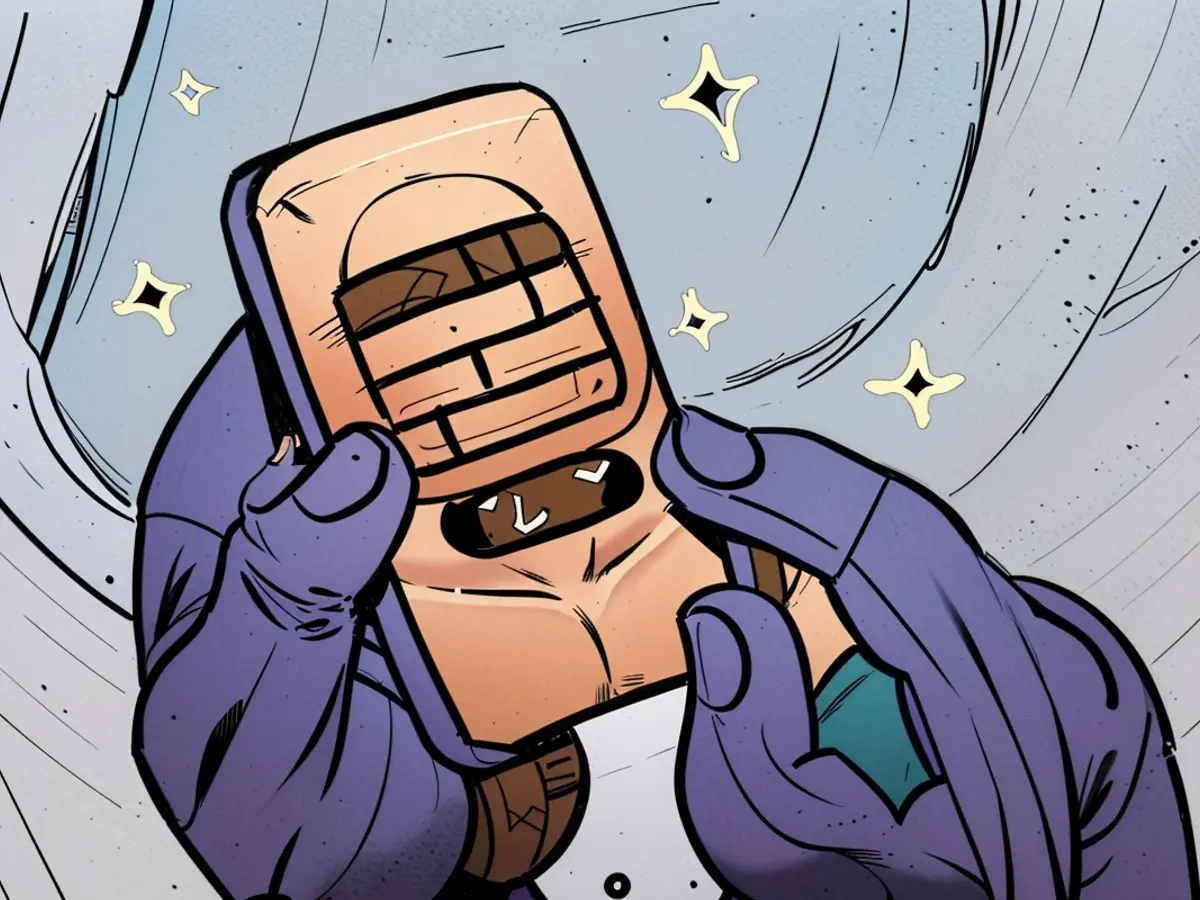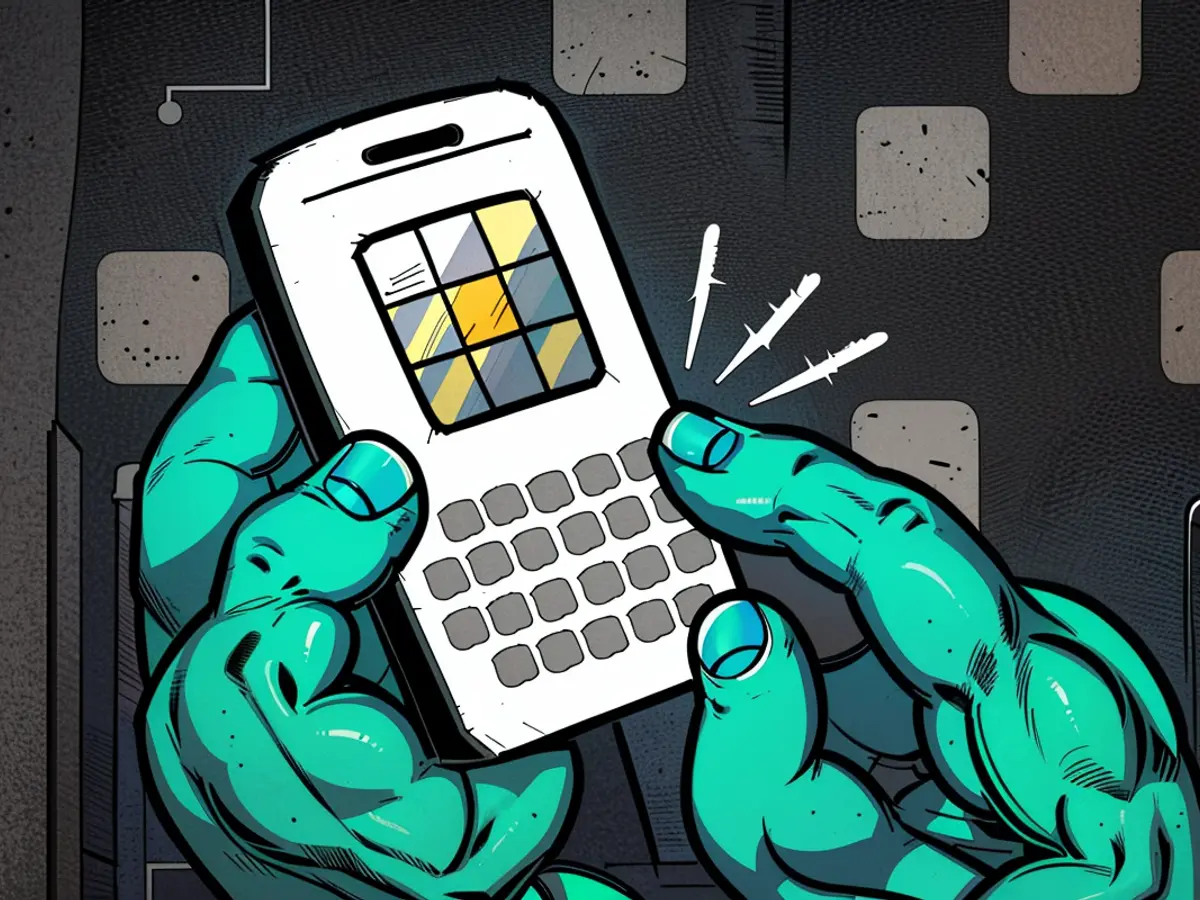Today's NYT Strands Hints (and Answer) for Saturday, July 20, 2024
If you’re looking for hints and answers for Strands for Saturday, July 20, 2024, read on—I’ll share some clues and tips, and finally the solution to the puzzle with the theme “A seat at the table.”
For an easy way to come back to our Strands hints every day, bookmark this page. You can also find our past hints there as well, in case you want to know what you missed in a previous puzzle.
Below, I’ll give you some oblique hints at today’s Strands answers. And farther down the page, I’ll reveal the spangram and the answers. Scroll slowly and take just the hints you need!

Credit: Strands/NYT
Hint for the spangram in today’s Strands puzzle
A two-word spangram describing the various dishes and implements on the table that you might need throughout a meal.
Hint for the theme words in today’s Strands puzzle
These are all types of dishes and tools that you might need to eat a meal the proper way. (I typed that with my right pinky held aloft, of course.)
BEWARE: Spoilers follow for today’s Strands puzzle!
We’re about to give away the answers to today’s Strands puzzle.
What is the spangram in today’s Strands?
Today’s spangram is PLACESETTING.
What are the theme words in today’s Strands?
The theme words today are: PLATE, SPOON, GLASS, KNIFE, SAUCER, FORK, NAPKIN.
Here’s what the board looks like when the puzzle is solved:
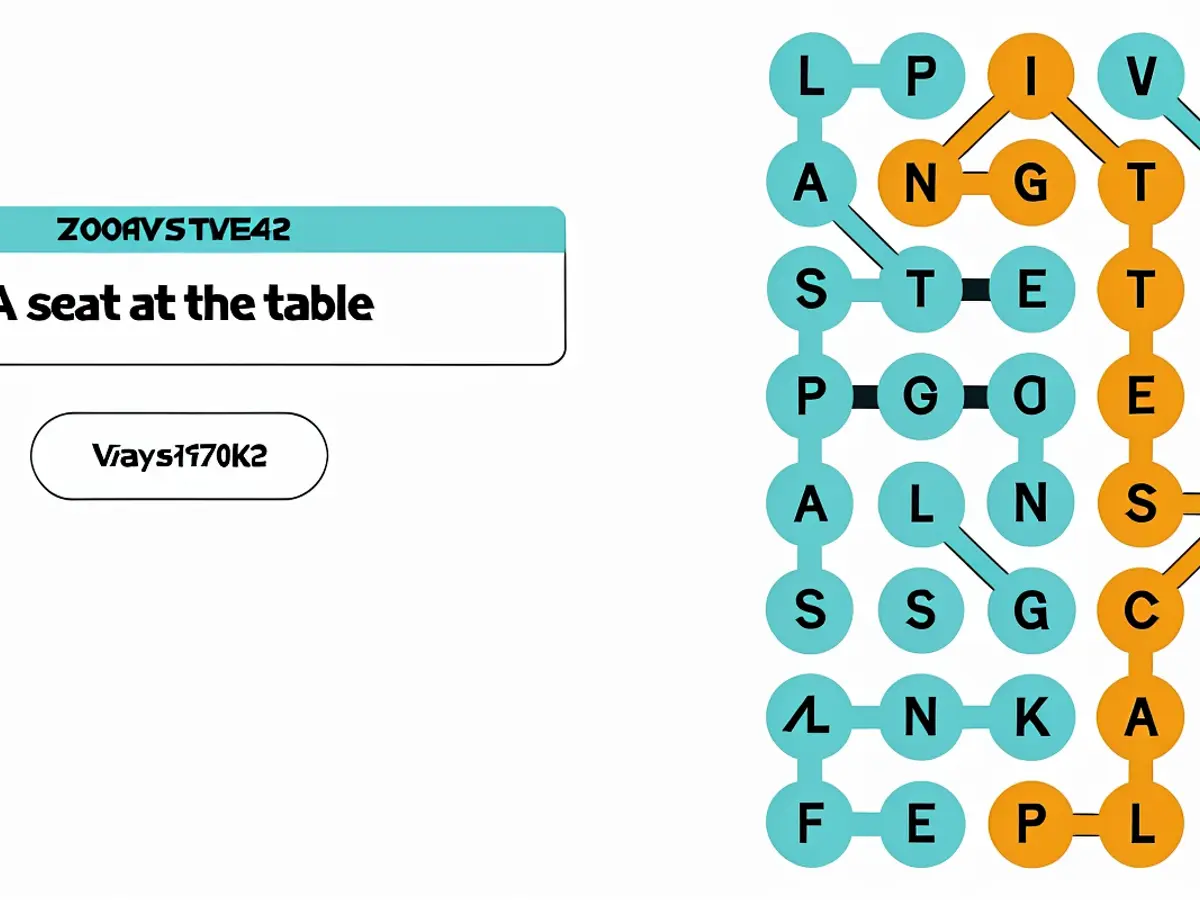
Credit: Strands/NYT
How I solved today’s Strands
Today’s theme seems a bit vaguer than usual—maybe it’s related to furniture? Words like “chair” and “stool,” perhaps? The phrase also relates to political representation, as in “everyone deserves a seat at the table,” but I’m not sure that will translate into the theme words. (I do try—and fail—to find the word "Steinem," just in case.)
I find STOOL along the left side of the puzzle, but it’s a non-theme word. Maybe it’s part of a longer word? I also find the word SEATING along the upper right, but it isolates the letter “U” from the rest of the puzzle, so I know that’s not right.
I try the word SAUCE in the upper right corner, but it’s a non-theme word, and then I try SAUCER, and that’s a hit. 🔵 OK, so it’s probably types of dishes or things that belong on a table.
I start thinking about what the spangram could be, because that usually helps chop the puzzle up and makes it much easier to find the rest of the words. I start thinking about words like “dishware” and “dishes,” but then I see a PL along the bottom and think of the phrase “place setting.” Yep, there it is, the spangram: PLACESETTING. 🟡
FORK is along the left side. 🔵
NAPKIN in the bottom right. 🔵
SPOON is along the left. 🔵
PLATE is in the upper left. 🔵
GLASS is below SPOON. 🔵
Finally, KNIFE. 🔵
How to play Strands
You can find the Strands game on the New York Times website and in the NYT Games app.
When you start playing, you’ll see a game board with an assortment of letters, flanked by a clue that gives a hint at the board’s theme—this will be a phrase, like “Better with age.” Your job is to find the hidden words within the board that reflect the puzzle’s theme.
A crossword crossed with a word search
The most important word to find is the “spangram,” a word that more explicitly states the puzzle’s theme. (For example, the spangram for the puzzle with the theme "Better with age" is FERMENTED, which describes products that are, you guessed it, get better with age.) The spangram will span the entire game board, either from left to right or top to bottom (hence the name). When you find the spangram, it will be highlighted in yellow. Solving the spangram usually makes the rest of the puzzle much easier to complete.
In Strands, words can travel any direction (up, down, left, right, and diagonal), and you will only use each letter once. There is only one correct solution. When you correctly identify one of the puzzle’s words (for example, KOMBUCHA, MISO, or KIMCHI), it will be highlighted in blue.
If you are struggling to solve the puzzle, you can submit any non-theme words you see (as long as they are four letters or more) to receive credit toward a single hint. If you submit three non-theme words, the “Hint” button will be clickable; if you click it, all of the letters in one of the theme words will be highlighted for you. You will still have to link these highlighted letters in the right order to form one of the theme words. If there is already a hint on the board and you use another hint before solving for that word, that word’s letter order will be revealed.
How to win Strands
Unlike Connections and Wordle, you cannot fail Strands. When you submit guesses, you will either correctly identify an answer, receive credit toward a hint, or the text will shake back and forth, indicating that the word you submitted is too short or not valid. You can't run out of guesses, and there is no time limit.
You win when you’ve correctly used all the letters on the board, meaning that you have identified the spangram and all of the theme words. Like other NYT games, upon solving the puzzle, you will see a shareable card that indicates how you performed that day: blue dots 🔵 indicate theme words you found, the yellow dot 🟡 indicates when you found the spangram, and a lightbulb 💡 indicates words that you received a hint for.
Today, you might find entertainment in solving Strands with the theme "A seat at the table." As you dive into the puzzle, don't forget to refresh your memory of the essential tableware items like plates, spoons, glasses, knives, saucers, forks, and napkins. Maybe you'll even find a hidden hint in 'strands nyt' that could guide you toward the solution.
